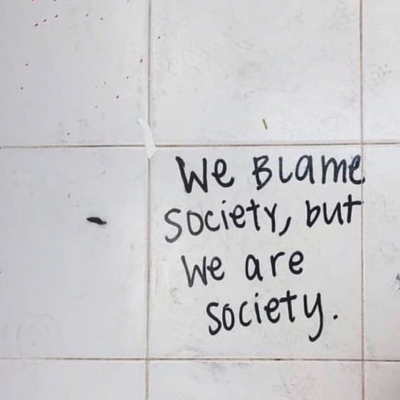
IN COLLABORATION WITH PANSY
What does it take to take care of ourselves? At the core of it, it takes a lot of vulnerability, a healthy dose of self-love, and a huge helping of self-acceptance…and it’s not always easy getting there. These stories explore what it takes to truly take care of ourselves—from navigating the day-to-day doings to being called into some serious healing—and give the definition of self-care more depth and texture…because it’s not just about bubble baths.
Below is a journal entry from Julia Elise Childs detailing what self care looks like when it comes to race-based trauma.
—
Like many, I live a portion of my life through social media. I consume clickable posts to inform my taste in art and fashion, to keep up with the news, to stay up-to-date on upcoming legislation and heartbreaking tragedy alike. My Instagram feed is a weird echo chamber of my brain: black power and dresses I cannot afford, sprinkled with upsetting updates from our current administration, and the occasional Kardashian. It isn’t a perfect science, but at least a few times a month I will delete the app off my phone to catch a breath of fresh, non-technology laced air.
What has been happening more frequently, however, is needing a breath from social media due to the race-based trauma I encounter on various apps. To be clear, when I say race-based trauma, I am referring to race-based traumatic stress which is defined by Psychiatric Times as “emotional pain one may feel after encounters with racism.” When I think of the race-based trauma that lurks on social media, I am specifically referring to viral videos depicting violence against black folks, either at the hands of a civilian or a member of the police force. I first felt the depths of depression and anxiety that follow such trauma on July 5th and July 6, 2016. On July 5th, Alton Sterling was murdered by two police officers. His death was filmed, making him an innocent man remembered by his public execution. On July 6th, Philando Castile was murdered by one police officer. His death was filmed by his fiancé, making him another innocent man remembered by public execution.
When I encountered the death of these two black men on social media, I wasn’t privy to the necessity of protecting myself. I didn’t know how to screen auto-play videos on my Instagram feed for signs of being a video depicting trauma (hint: if the video quality is grainy, shakey, or is from an unusual angle and the first decibels you hear sound ridden with anxiety, there is a high likelihood it may be a video of someone being murdered). I didn’t know how to discreetly Google hashtags of names for information to avoid the videos that accompanied black deaths. And because I had not experienced the after-effects of race-based trauma, I did not know what I needed to protect myself from.
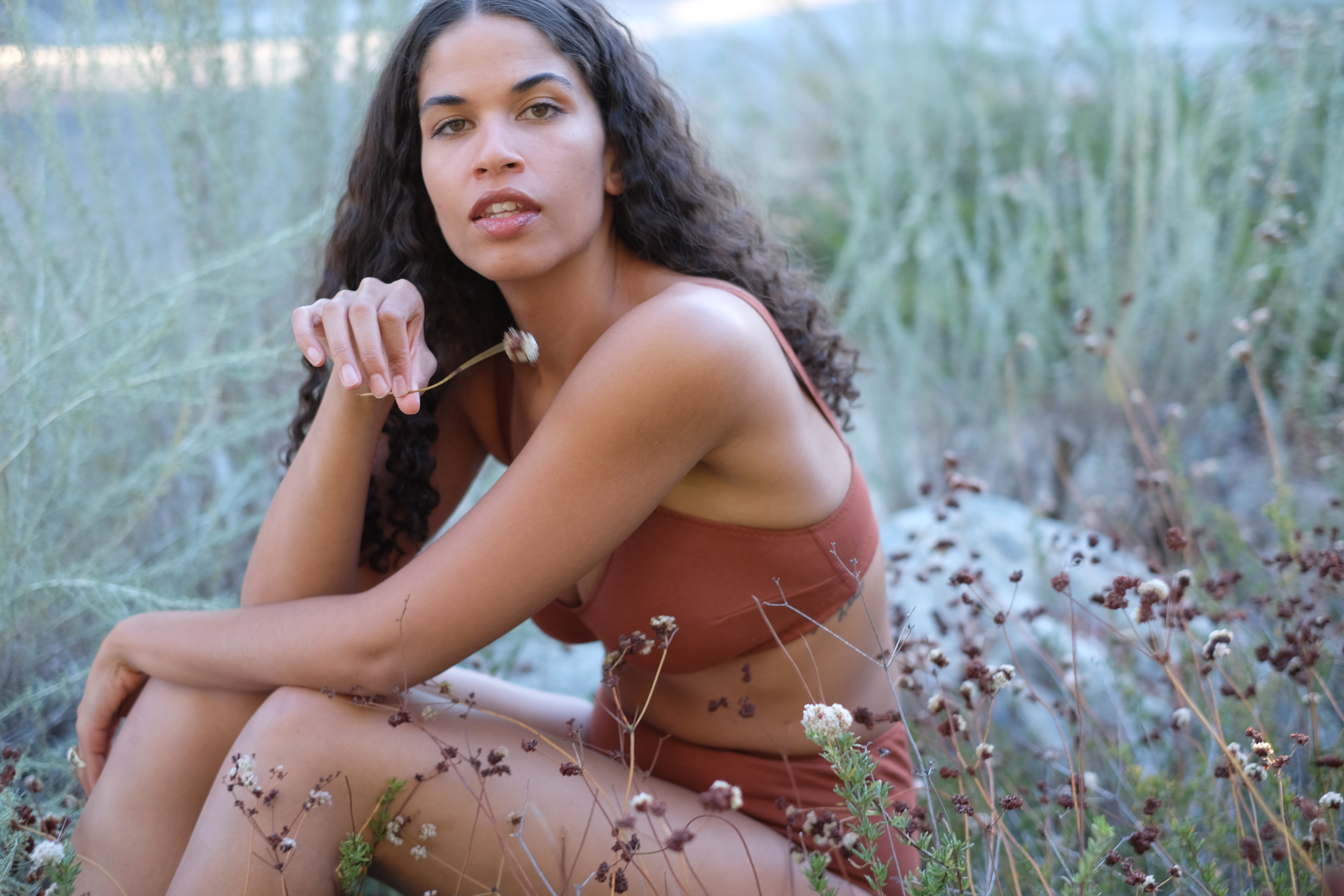
Nia Wilson is a beam of light that was taken far too young. At 18 years old, she had dreams of becoming a paramedic. She was beautiful in the physical, and though I did not know her personally, I believe she was beautiful in the spiritual too. On July 22, 2018 she was murdered in front of her sister by a white man in Oakland, California. There was no video footage. Yet, this murder shook me to my core.
I deleted my Instagram app. I prayed for Nia to have a peaceful transition. I refused to read the commentary surrounding her death. I know the facts. A white man murdered a young black woman and if you can read those eight words and believe there wasn’t any sort of racial motivation, I don’t think we live in the same world. People of color are resilient but we are also as fragile as any other human being. We bleed the same. The same wounds can kill us, despite our skin color. We may be magic, sure, but we are human. Nia Wilson’s death was a visceral reminder that there is a war waged on black and brown bodies and this war is called racism. It is insidious, it is a war my ancestors fought in, it is a war that could take your life, and it is a war that is far from over.
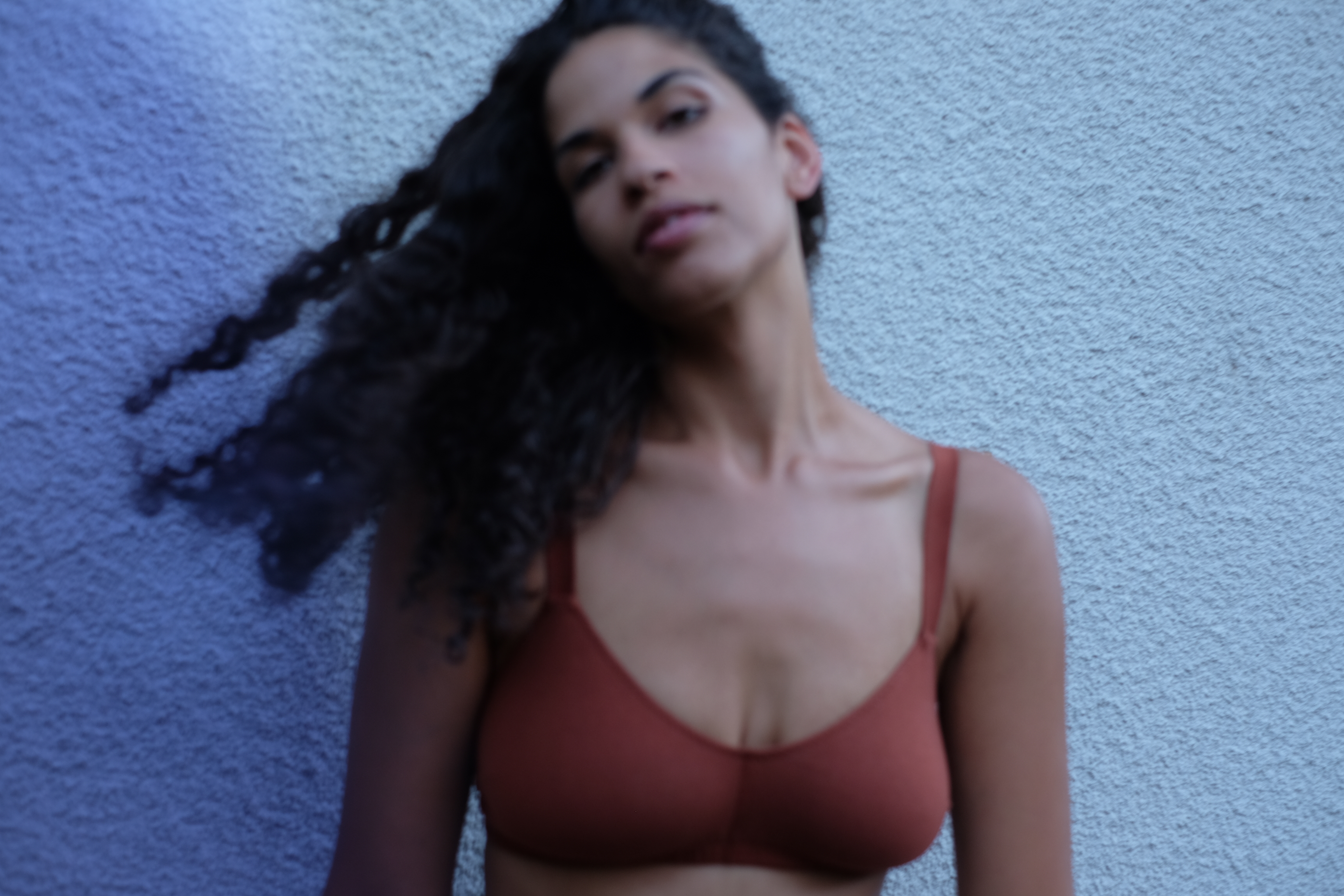
The week of Nia Wilson’s death was the week I realized I must be more intentional with my self-care. I reached out to my loved ones and asked how they were doing. We hiked and sat in nature, I slept a lot, I went to therapy, and I wrote down what I was feeling. This self-care is a necessity but it wasn’t a savior. This self-care is privilege and I understand that therapy requires fiscal resources, and the time to sleep and write is a form of currency in and of itself. That same week, I was at an indoor shopping mall with my fiancé. It was a Sunday, so the escalators were filled with families and friends, lovers and individuals; the floors of the mall were tense to walk through, throngs of bodies littering walkways. My mind swayed from the fear of being attacked to watching other people of color in the mall, keeping an eagle eye out for them, wondering what a suspicious white person would look like, praying that I could protect myself and protect others. This is what race-based trauma looks like. It is the image of considering the ending of your life surrounded by strangers. It is the deep desire to protect strangers. It is scanning crowds and feeling your chest get tight, knowing that you don’t have eyes in the back of your head. This war called racism has seeped into the most mundane moments where we deserve freedom.
The thing about self-care and how it interacts with race-based trauma is that it is absolutely unpredictable. I cannot predict what will happen in the world, and in turn, I cannot predict what could trigger me. New fears arise and old fears subside. To care and nurture for myself in these moments is an evolving practice, one that is equal parts spiritual as it is rooted in the physical, one that ebbs and flows based upon my resources. It is communing with other women, it is physical movement, it is caring for my mental health, and it is sharing candidly about my experience.
Thank you Pansy for collaborating on this series!
Julia is wearing the Pansy Full Bra and High Rise bottoms in the color Rust.
For more info on Julia’s bra and underwear please visit Pansy.



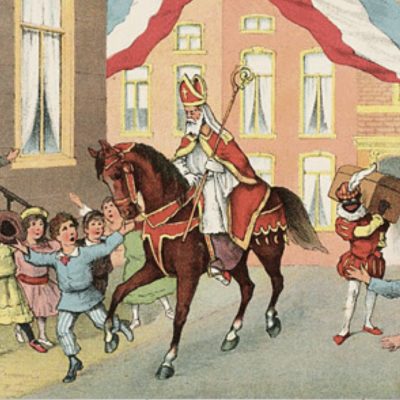

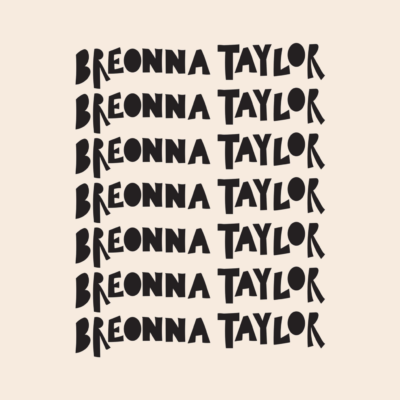
LET'S TALK: